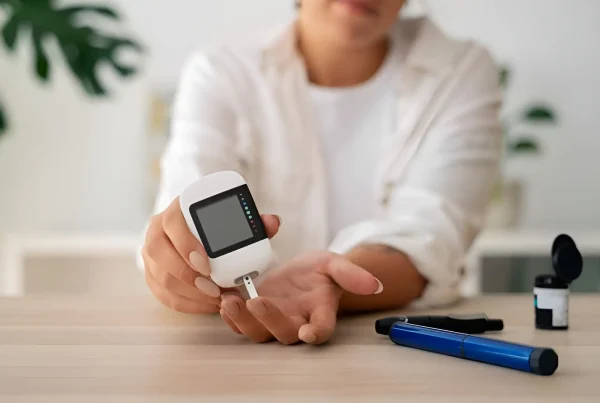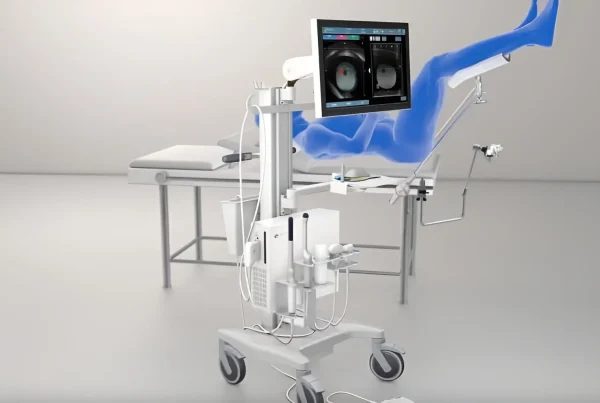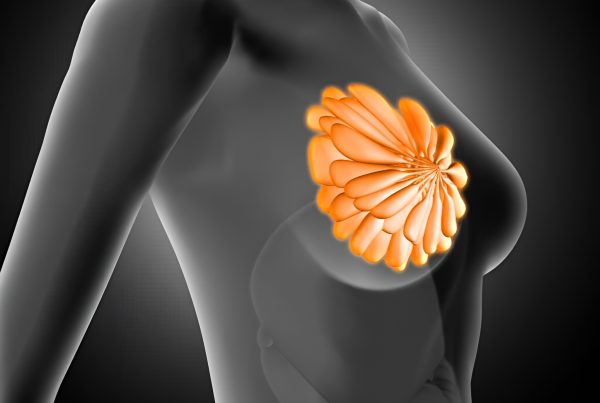Therapis General has a specialized urinary tract lithiasis clinic. In the clinic, which is structured according to the standards of the world’s leading urinary tract lithiasis centres, a team of specialised doctors (Urologist, Nephrologist, Radiologist, Endocrinologist, Infectious Disease Specialist) approaches the problem of urinary tract lithiasis of each patient in a comprehensive manner, from diagnosis to surgery and prevention for its definitive treatment.
At the same time, Therapis General is one of the few clinics in the country that have a state-of-the-art extracorporeal lithotripter and at the same time High Power Laser in combination with all the required modern equipment (Digital Flexible Ureteroscopes, Semi-rigid ureteroscopes, pediatric small diameter ureteroscopes, mini nephroscopes), so that it can offer without restrictions all the minimally invasive techniques for the bloodless, incisionless treatment of urinary tract lithiasis.
At Therapis, all the modern techniques of Endourology are performed daily, such as Semi-Rigid Laser Lithotripsy, Semi-Rigid Laser Lithotripsy with small diameter ureteroscope, Flexible Digital Laser Lithotripsy, Mini Transdermal Lithotripsy and Extracorporeal Lithotripsy.
At the same time, the Quanta Holmium Laser High Power 60w is one of the leading lasers in urology that provides unique stone fragmentation capabilities in a short period of time, regardless of the size of the stone, enabling the patient to get rid of their stone burden in one intervention.
The lithiasis clinic operates with specific protocols to take a scientific approach to the patient’s lithiasis problem, starting from the correct diagnosis and mapping of the urinary tract lithiasis, to the minimally invasive technique of stone removal, where of course this is necessary, and of course to the creation of a specific monitoring and treatment plan to prevent the lithiasis from recurring.
How is the diagnosis made?
The definitive and absolute diagnosis of urinary tract lithiasis is made by spiral CT without contrast, which not only identifies the stone but also provides a complete mapping of a patient’s urinary tract lithiasis.
It is important to have a complete picture of the patient’s stone burden and before any intervention, especially surgical, is decided upon, the Endourologist should know exactly the number of stones, their location, size and hardness in order to create the ideal plan to get rid of the patient’s stones.
Of course, a complete history taking and clinical examination of the patient is always required for comprehensive treatment and finding factors aggravating the lithiasis.
In the acute phase and in the follow-up, radiography and ultrasound of the kidneys clearly have a place.
Dr. Ioannis S. Katafigiotis MD, PhD, FEBU, FECSM
UROLOGICAL ANDROLOGICAL SURGEON
Fellow of the European Board of Urology
Fellow of the European Committee of Sexual Medicine
Postgraduate of Carl Gustav Carus, Dresden, Germany
Retrained at Hadassah Medical Center, Israel
Graduate of the American Society of Endourology





